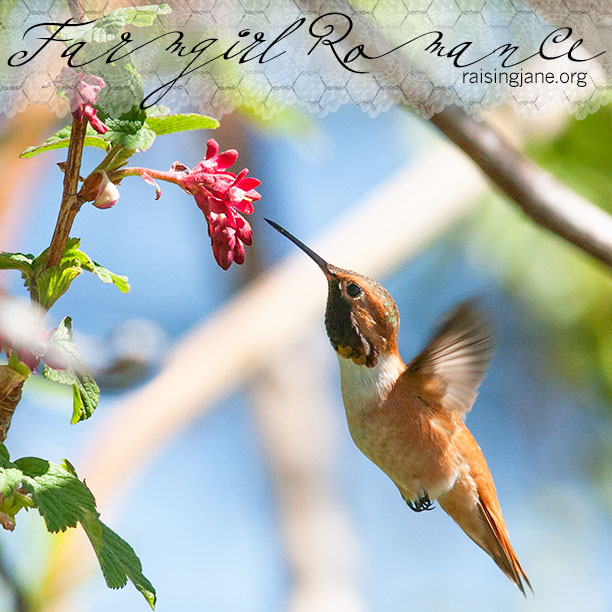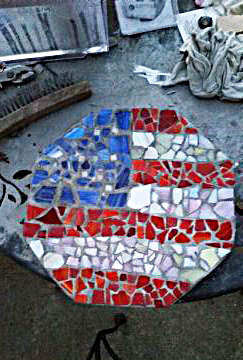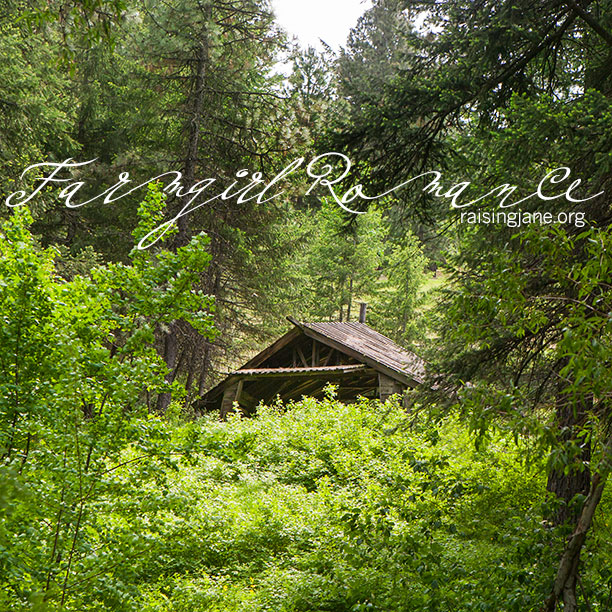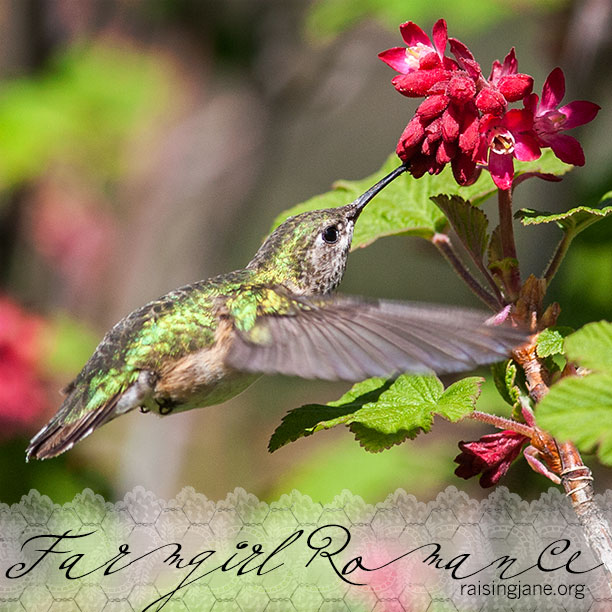Parklet … said just like it sounds: park-let.
And, like other words with the diminutive “-let” suffix …
booklet, piglet …
it means the miniature version of its root word, park.
So, parklet = tiny park.
The cool thing about parklets, though, is that they’re not just small-space parks (that’s more the territory of the parklet’s cousin, the pocket park). A parklet is more of a pop-up type of park that may just, well, pop up in unexpected urban places. Often, it’s little more than a spiffy sidewalk extension that provides a bit of greenery and/or sitting spaces for passersby.
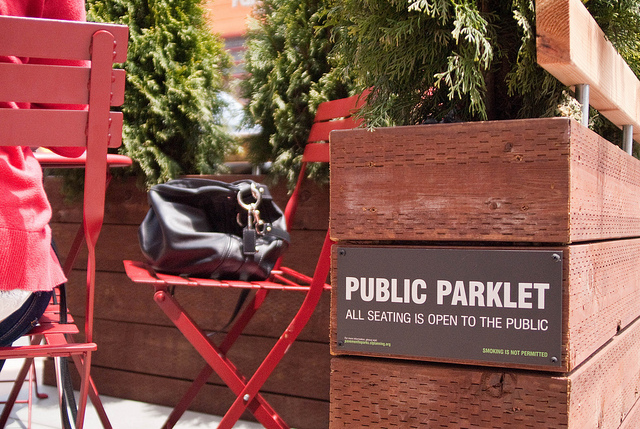
Photo by San Francisco Planning Department via Flickr
“Parklets are intended for people,” says Wikipedia. “They offer a place to stop, to sit, and to rest while taking in the activities of the street. A parklet may be thought of as permanent, but must be designed for quick and easy removal for emergencies or other reasons such as snow removal without damage to the curb or street. As initially conceived, a parklet is always open to the public.”
In 2010, San Francisco began the world’s first parklet project—five pilot projects in four neighborhoods around the city—conceived by London-based designer Suzi Bolognese. This is one of the originals:
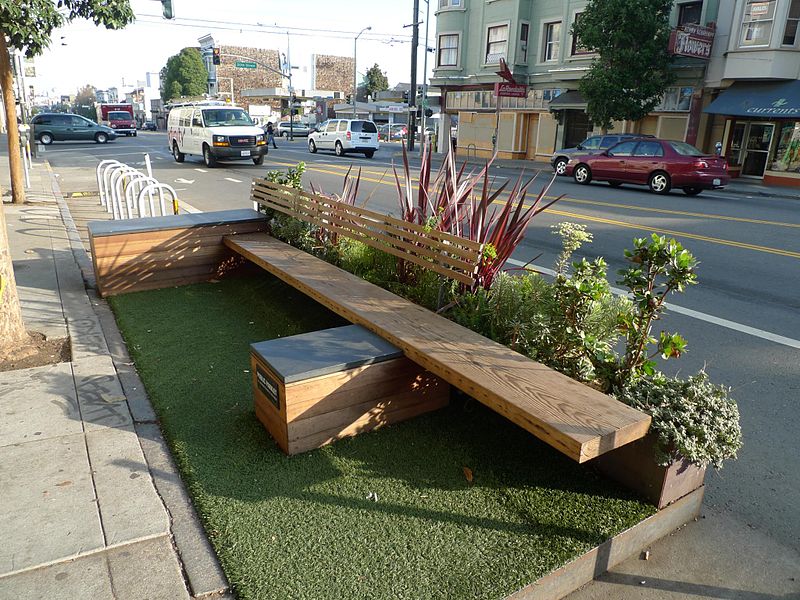
Photo by Salty Boatr via Wikimedia Commons
Since then, parklets have started popping up in cities around the world, like this lovely 2016 installation in Lodz, Poland:
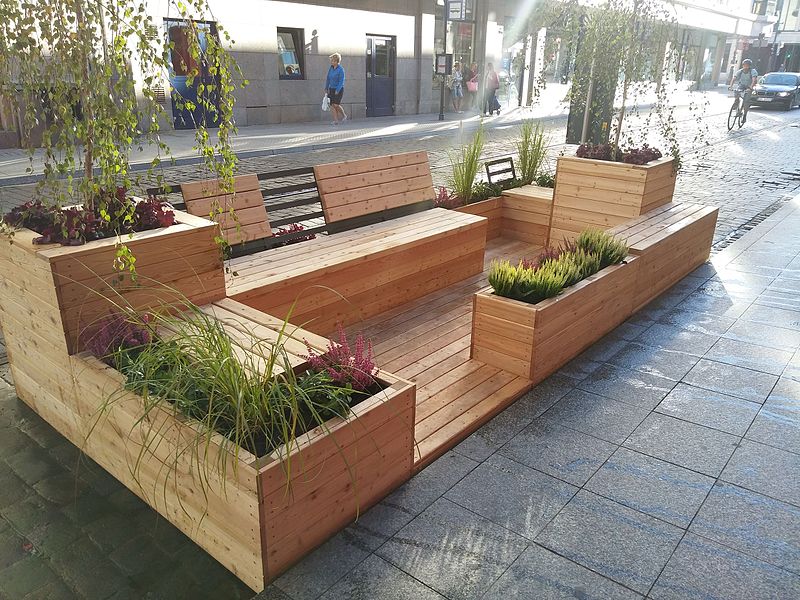
Photo by Zorro 2212 via Wikimedia Commons
If your city needs a parklet or two, you might be just the gal to get them going. For ideas and how-to tips, turn your local planning department. But first, you might take a peek at Seattle’s handy Parklet Handbook, which details the application process as well as requirements for designing, permitting, building, and maintaining your parklet. It includes expected timelines for each phase of the project and estimated costs. You’ll also find tips for assembling a team and funding your parklet. The handbook is specific to Seattle, but it’ll help point you in the right direction.
Continue reading →
















































